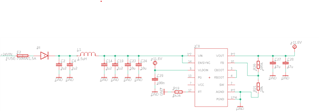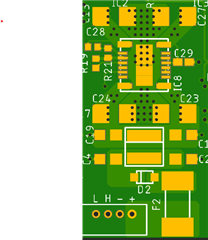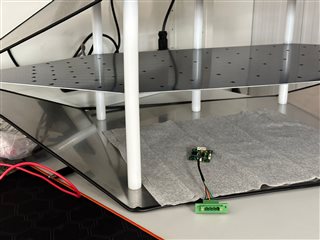Hi,
We recently received our first batch of boards with the TPSM63606S chip and we are doing EMI tests with them.
We also tested the EVAL board for this IC and were very happy with the EMI results it gave.
However, now with our custom board we are seeing a weird EMI signature in the lower frequency end. We don't think this is related to the rest of the circuitry on the PCB as we have removed everything else from the PCB apart from the TPSM63606S and it's required components plus the EMI filter. Our input EMI filter is the same as on the EVM board, even using the same inductor from CoilCraft.
I have attached a measurement report taken from the TPSM63606SEVM board and one from our custom board. As you can see, our custom board gives peaks between 150KHz and 200 KHz, while the EVM does not.
I have also attached screenshots of our schematic and board layout. In our opinion the schematic and board layout are super similar to the EVM module so we can't figure out what is giving us these high peaks.
Our module is set to output 11.6V with a 105k and 10k voltage divider. The frequency is set to 2MHz with a 6k34 resistor as recommended for a 12V output voltage by the datasheet.
We hope someone with more expertise in this subject is able to help us with this problem. Thanks in advance!




